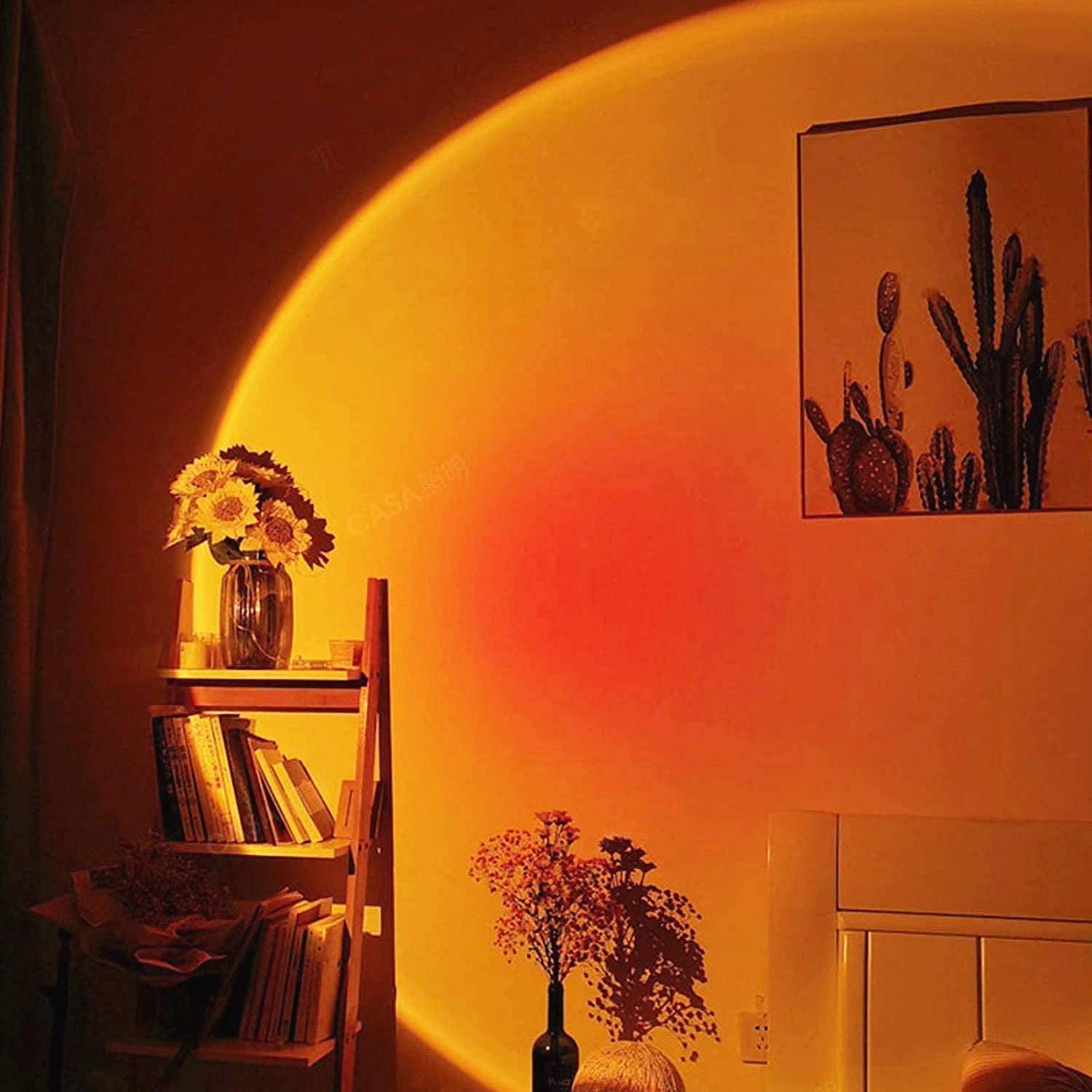

We use this information to complete transactions, fulfill orders, communicate with individuals placing orders or visiting the online store, and for related purposes.

Online Storeįor orders and purchases placed through our online store on this site, we collect order details, name, institution name and address (if applicable), email address, phone number, shipping and billing addresses, credit/debit card information, shipping options and any instructions. We use this information to address the inquiry and respond to the question. To conduct business and deliver products and services, Pearson collects and uses personal information in several ways in connection with this site, including: Questions and Inquiriesįor inquiries and questions, we collect the inquiry or question, together with name, contact details (email address, phone number and mailing address) and any other additional information voluntarily submitted to us through a Contact Us form or an email. Please note that other Pearson websites and online products and services have their own separate privacy policies. This privacy notice provides an overview of our commitment to privacy and describes how we collect, protect, use and share personal information collected through this site. Pearson Education, Inc., 221 River Street, Hoboken, New Jersey 07030, (Pearson) presents this site to provide information about Peachpit products and services that can be purchased through this site.

The bad news is that you have no control over what that light is. The good thing about shooting inside is that the light never changes. In basketball, the higher you go the brighter it will be, because basketball courts reflect light.īasketball is one of the many sports that takes place indoors ( Figure 4.4). For example, the exposure from an elevated position and the exposure at the field of play will be very different. The light might appear to be roughly consistent, but patches of dark and light can make a big exposure difference, as can the angle the light is coming from. Pay attention to the direction of the lights, and make sure that you note any places on the playing surface where it is brighter or darker. Auto normally works fine, but if you can identify the color temperature of the light, set your camera accordingly.
#AMBIENT LIGHT PHOTOGRAPHY ISO#
To stop action, you’ll need to use the fastest lens you have and work with the highest ISO settings your camera will produce acceptable images with.Ĭolor temperature will be important. When you’re working under these lights, you will have limited options. Artificial LightĪrtificial light is usually the ugliest light possible and is frequently the light you will have to deal with. The clouds filter the light, and the result is often a blue cast if the camera’s color temperature is not set to cloudy. In overcast situations, you have to be sure that the camera’s color balance is correct and isn’t recording too much blue. It’s perfect for making front and backlit images, and it normally changes quickly ( Figure 4.1). This lighting is often referred to as “liquid light.” Its qualities are rich, full, golden, and very directional. Ideally, the best time to make dramatically lit images is the hour before sunset. You should drive the equipment instead of letting the equipment drive you. Therefore, you should monitor the exposure settings each time before you shoot and make sure that you have the camera set to do what you want it to do. You can also help yourself massively by paying attention to where the light is coming from and positioning yourself to take advantage of it. You have to look at the situation, decide what part of the subject matter is most important to you, and then expose to amplify that part of the image. The key consideration to remember is that there is no one correct exposure. You must learn to use the light that is present at game time. When evaluating light, be sure to prioritize direction, color, and texture over the amount if you want your images to be beautiful. Quality, not quantity, is the most important consideration when working with light.


 0 kommentar(er)
0 kommentar(er)
